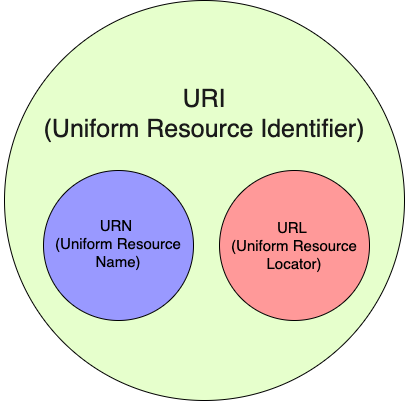Uniform Resource Identifier (uri)

The Uniform Resource Identifier (URI) is intended to identify abstract or physical resources on the Internet. What these resources are supposed to be can change depending on the situation. It can thus be, a website, for example. However, email senders and recipients can also be identified via URI. Applications use the unambiguous designation to identify a resource or to request data from it.
Protocols such as HTTP or FTP can function on this basis as the form of identification is predefined by the URI syntax. From this URI, a system can read where and how certain information should be identified.
URI Syntax
A URI is made up of five parts. Only two of these are mandatory.
scheme :// authority path ? query # fragment
-scheme: Provides information about the protocol being used.-authority: Identifies the domains.
-path: Shows the exact path to the resource.
-query: Represents a request action.
-fragment: Refers to a partial aspect of a resource.
Only scheme and path must appear in every identifier.
A typical web address is a good example: example.org/test/test1.
-scheme: http
-authority: example.org
-path: test/test1
-query: search=test-question
-fragment: part2